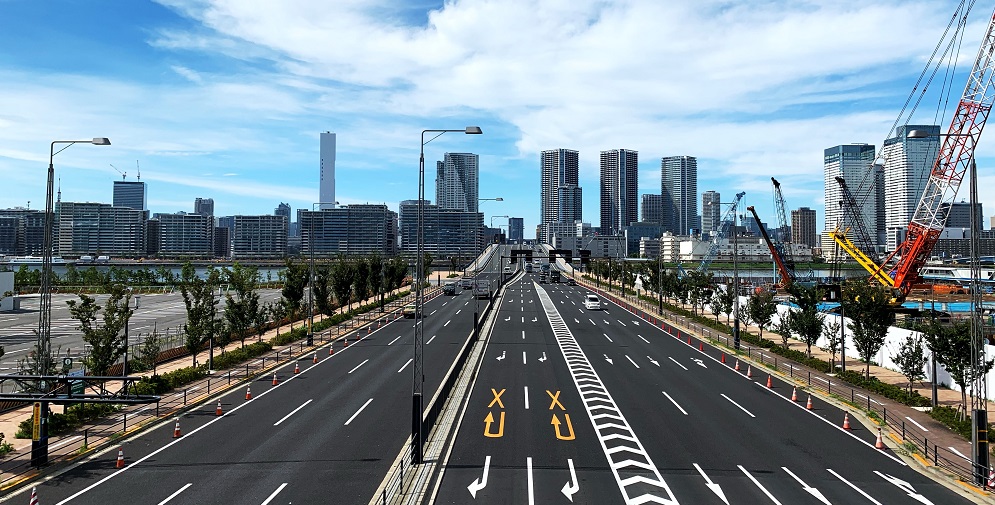The New New Deal: What Two New Federal Infrastructure Plans Mean for the Average American

Big news from Washington in August as President Biden signed a major new infrastructure bill into law. Insiders say the bipartisan passage of this $1 trillion plan to rebuild U.S. could pave the way for a second, even more expansive package. If you're like most Americans, what you really want to know is how these plans will actually affect average people like you and me. Here's what you need to know about the measures that will influence the well-being of our communities now and for future generations.
The bipartisan infrastructure bill

This summer, Republicans and Democrats in the House and Senate agreed to the $5.5 billion in new spending in this historic bill. While it remains to be seen how the federal government will introduce and administer the provisions of the bill, these are the improvements we can expect to learn more about in the coming weeks and months:
A $14 billion investment into electric vehicles will strive to decrease carbon emissions to address climate change as well as create jobs. Half these funds will go to electric buses and ferries and the other to more electric vehicle chargers in all 50 states.
Environmental investments will include $21 billion for remediation of abandoned gas wells, mines, and Superfund sites. A $55 investment will include the removal of lead and harmful chemicals from the national water supply, providing clean water for 400,000 child care centers and schools as well as 10 million American households. Biden has committed $46 billion to repair damage from wildfires, floods and other effects of climate change and $28 billion to increase clean energy access.
A $65 billion plan will attempt to provide access to high-speed internet to all Americans. You may see lower prices as the federal government facilitates more competition among internet service providers and encourages cost reduction.
Biden has committed $110 billion to replacing our aging national transportation infrastructure including bridges and roads. The bill additionally includes a record-breaking $39 billion public transit investment, $11 billion for highway safety projects, $42 billion for airports and seaports, and $66 billion for railroads. The proposal also dedicates $1 billion to build connections between neighborhoods and towns divided by major highways, including ideas for improved pedestrian and cyclist safety. This issue particularly affects poor and minority communities.
Will taxes go up to pay for these programs? At this point, the funds are slated to come from delayed Medicare Part D rebates, unemployment fraud enforcement and economic relief package surplus. However, some opponents express concerns about the additional $256 billion the bill will divert to the national deficit over the next decade.
[insert page='Offer' display='content']
The human infrastructure agenda

Biden's second proposed bill strives to improve the lives of individuals with human-focused measures that would represent the biggest new social welfare initiative since the creation of Medicaid and Medicare more than half a century ago. Measures that appeal in the proposal include:
Programs to slow the progress of climate change
Free preschool and community college
Paid medical and family leave
Increased child tax credits
The Democrats who back the bill propose raising taxes for high-income households and ramping up IRS tax fraud enforcement efforts to pay for these programs. Depending on your tax bracket, you may see an increase in how much you owe.
Both bills, part of Biden's much-touted Build Back Better agenda, are designed to harness the power of democracy to improve the lives of regular Joes. I'll keep an eye on all the updates on the second bill so I can keep you posted on how it will affect your money moves and practical decisions in 2021 and beyond.
